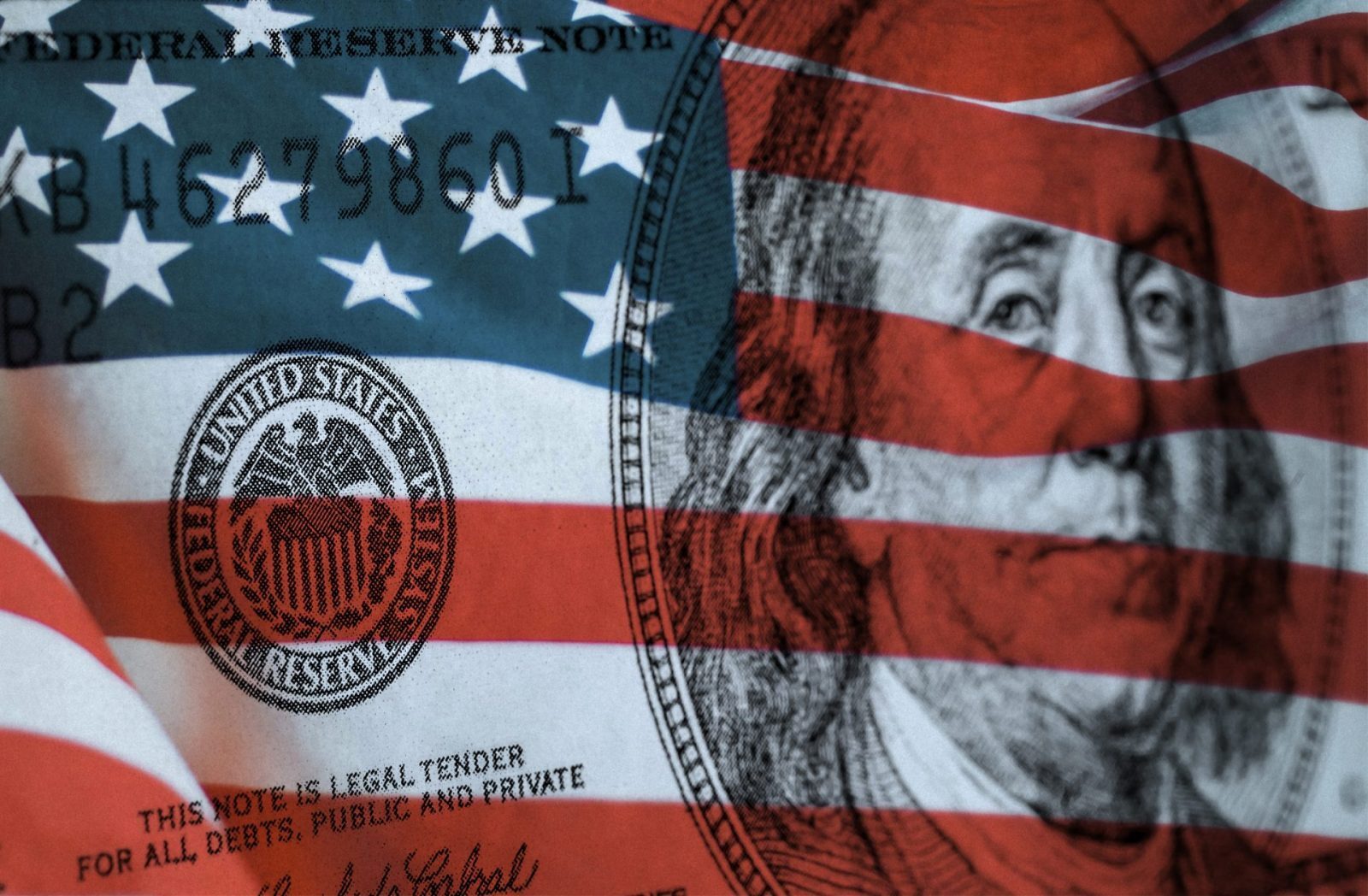
The Federal Reserve met in December and the meeting minutes were released yesterday. They highlighted that the ‘changing of the guard’ implemented by Donald Trump is already taking effect. It is likely that we will see more interest rate rises in the US than previously thought.
However, as we have seen in the past, just because something is likely to happen doesn’t mean it will. We live in an ever-changing world and the markets symbolise this perfectly. If the interest rate hikes go ahead, will they support the dollar and lead to some strengthening? Or will events materialise in the coming weeks and months that cause the Federal Reserve to change policy?
Why not start the new year in the right way by taking a look at some of the business services we provide? Our team is able to assess your business’s specific requirements and provide tailored guidance on finding the right solution.
GBP: UK construction sector growing slower than expected
If the start of 2018 was a positive one for the pound, yesterday poured cold water on any notions of an extended rally. Following the release of a disappointing construction Purchasing Manager Index figure, reality bit into the pound and it weakened against the euro and dollar. It is worth mentioning that the reading came in at 52.2 which still signifies growth, but it was below what had been forecast.
However, Markit confirmed that the new orders index had climbed from 52.9 in November to 53.1 so it wasn’t quite as bad as it first appeared. Attention will now turn to the release of the services PMI later today, which will give a further indication of how the UK economy performed towards the end of last year.
EUR: German jobless rate at a record low
While the euro retraced some of its losses against sterling yesterday, it weakened against the dollar in what was practically the mirror image of the day before.
Jobless figures released from Germany were expected to be positive, but they came in even better than expected. In December 2017, the amount of people unemployed in Germany fell by some 29,000 when a drop of 13,000 had been expected. The figure means that the unemployment rate is now at 5.5%, which is the lowest level since the reunification of Germany in 1990.
Today we will see the composite and services PMI figures from Germany and the eurozone as a whole. This will give us the final indication of how the respective economies have been performing of late and positive readings could lead to some euro strengthening.
USD: the dollar claws back some of its recent losses
It wasn’t a great start to the year for the US dollar on Tuesday, as it weakened rather sharply against the pound. However, yesterday saw the greenback retrace the losses and make some significant gains against sterling and the single currency. It just goes to show that nobody can truly know what is going to happen from one day to the next. Indeed, the Federal Reserve meeting minutes were released yesterday and pointed to more interest rate rises than previously thought.
Manufacturing PMI from the States came in at 59.7 which was better than the 58.1 predicted by economists, but one wonders why Trump’s Tweets about nuclear weapons failed to have more of a bearing on the markets. Perhaps we’re all just getting used to it now (which is alarming in itself).
Today’s key data release from the US is the jobless figures, although we have the composite and services PMI for December too. Taken together, these readings will paint a picture of how the US economy is doing.
For more on currencies and currency risk management strategies, please get in touch with your Smart Currency Business trader on 020 7898 0500 or your Private Client trader on 020 7898 0541.

 020 7898 0500
020 7898 0500